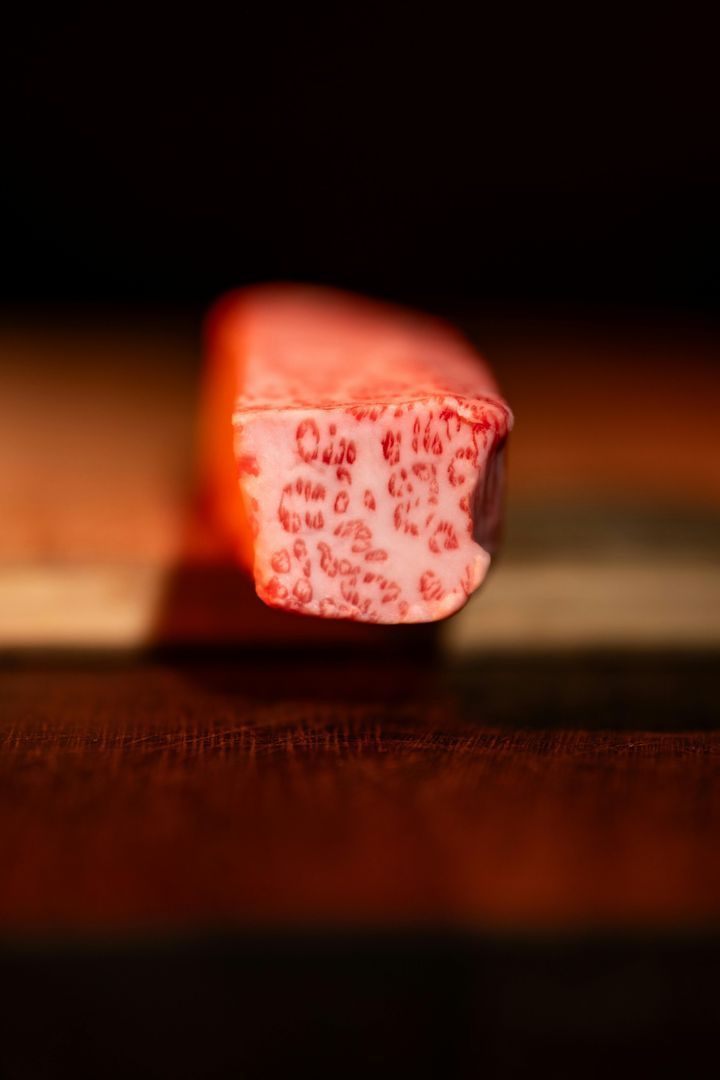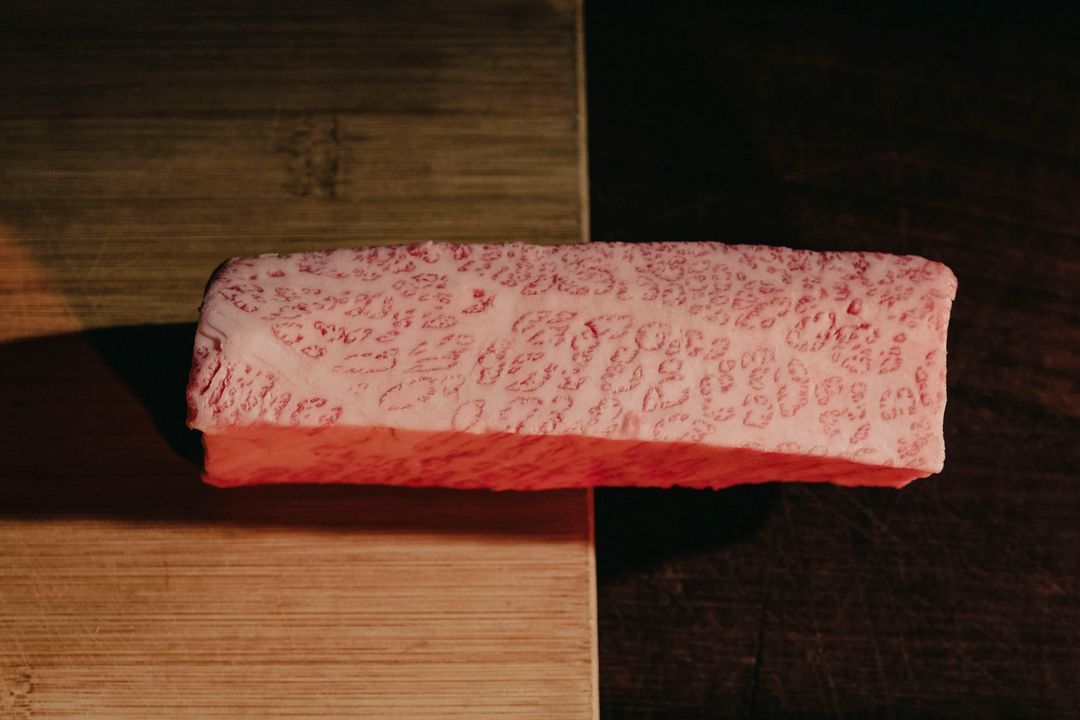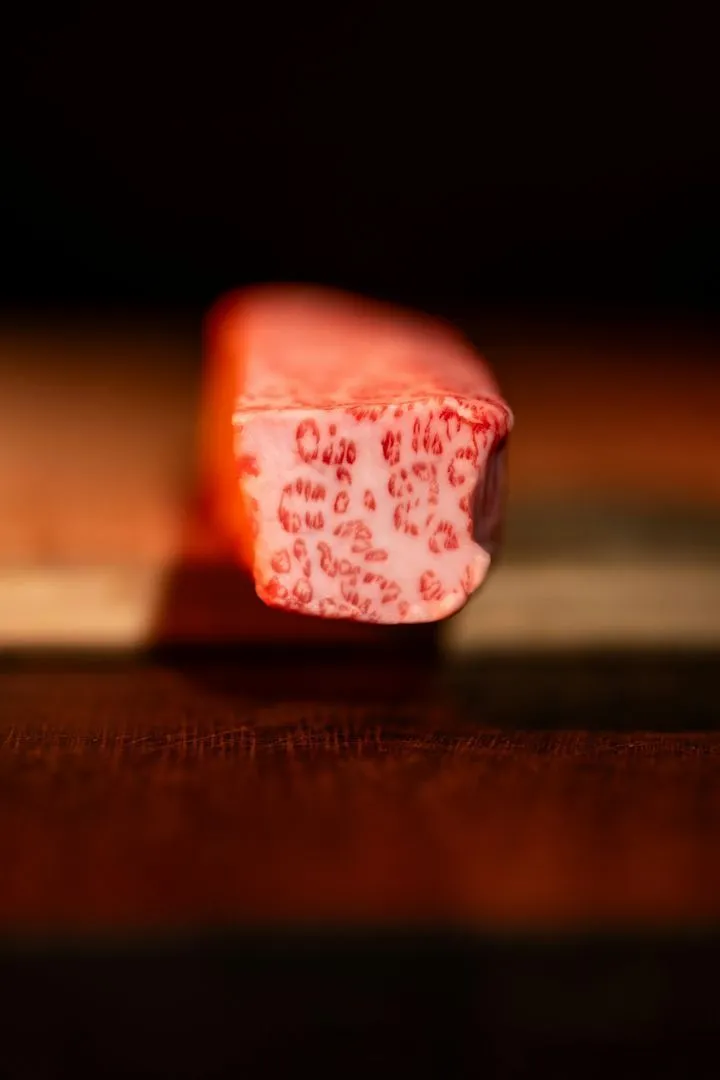Kobe Beef: The King of Japanese Meat

When it comes to premium beef, one name stands out: Kobe Beef . Associated with extreme tenderness, perfect marbling, and a mind-blowing price, Kobe beef isnt just a food: its a luxurious culinary experience. But where does this delicacy come from? What makes it so special? And most importantly, how do you distinguish real Kobe Beef from a fake?
In this article, we explore everything there is to know about Kobe beef: from its history and genetic characteristics, to its breeding methods, its extremely strict controls, its culinary uses, and more accessible alternatives.
🧬 Origins and Breed: the Tajima-gyū
True Kobe beef comes exclusively from the Tajima-gyū breed , a strain of Wagyu (literally “Japanese cattle”) raised in Hyōgo Prefecture , Japan. This is where the city of Kobe , from which the meat gets its name, is located.
The Tajima breed has been bred for centuries using extremely selective methods. The cattle must be born, raised, and slaughtered in the same region , and only a very limited number receive the Kobe Beef certification each year.
📋 The Criteria for Being Kobe

To be able to boast the name “Kobe Beef”, the meat must satisfy very strict requirements :
- The bovine must be a castrated male or a never pregnant female .
- Must be bred in Hyōgo Prefecture , by a licensed breeder.
- Must belong to the Tajima-gyū breed, with certified pedigree.
- It must be slaughtered in one of the seven authorised slaughterhouses in the region.
- It must have a marbling (BMS) of at least 6 on a scale of 1 to 12 .
- It must have a quality class A or B.
- It must weigh no more than 470 kg at the time of slaughter.
Only after these checks, the animal receives a certificate of authenticity with a traceable serial number.
🧈 Marbling: The Kobe Signature
The hallmark of Kobe is marbling — small veins of intramuscular fat that melt at low temperatures, giving the meat a buttery texture and intense umami flavor .
This marbling is due to genetic factors (the Tajima breed has a unique ability to produce intramuscular fat) and controlled breeding: a grain-based diet, no stress, and a clean, quiet environment.
🍽️ How do you cook it?
Kobe beef shouldnt be cooked like regular meat. Here are some golden rules:
- Never overcook : better to sear briefly on a hot griddle or stone.
- No marinades or strong spices : just a pinch of salt or soy sauce.
- Serve at room temperature , cut into thin slices or cubes.
- In Japan, it is common to enjoy it as sukiyaki , shabu-shabu , or grilled teppanyaki .
🌍 The international market (and imitations)
Until 2012, Kobe Beef was not allowed to be exported . Since then, small quantities have arrived in Europe and the United States, with traceable certifications.
⚠️ Beware of imitations, however : many restaurants offer “Kobe Style” or “Wagyu Kobe-style beef” which are not real Kobe , but cuts from Wagyu cattle raised elsewhere (e.g. Australia, USA).
To be sure, check:
- Presence of numbered certification.
- Labeling with official Kobe Beef logo.
- Originating from Hyōgo Prefecture.
🧾 Why is it so expensive?
The reasons for the high price are:
- Very limited production (less than 5,000 items per year).
- Slow growth and very high breeding costs.
- Strict controls and strict selection.
- Extremely high global demand for an exclusive product.
A single kilo of original Kobe can exceed €400/kg on the European market.
📌 Curiosity
- The cattle are not massaged or fed beer , contrary to popular myth.
- Japan considers Kobe a cultural heritage .
- There are also Kobe Burgers , but they are made with trimmings, not whole steaks.
🥩 Alternatives to Kobe
If you want to try a similar but more accessible meat, here are some options:
- Australian or American Wagyu : Excellent marbling, but less aromatic intensity.
- European Wagyu : farms in Italy, Spain, UK.
- Prussian Heifer, Rubia Gallega : marbled and tasty European meat, even though it is not Wagyu.
📺 Recommended video
$180 Miyazaki Steak Lunch in Tokyo - Teppanyaki in Japan

gourmet
Data di inserimento 22 apr 2025
Report article


Comments
There are no comments yet.